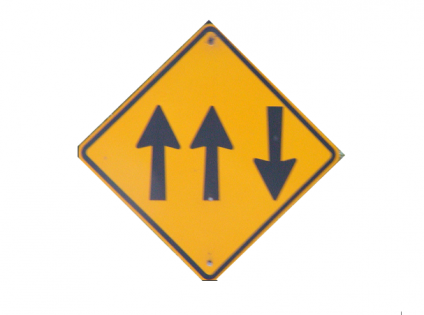Girls are doing well in education but women are still not realising opportunities in the workforce according to a new report from the Council of Australian Governments (COAG) Reform Council.
The report, which was released yesterday, showed that girls are ahead of their male counterparts up until the end of school - but once women are in the employment market, they have to "fight" to be valued appropriately.
"The World Economic Forum Global Gender Gap report recently ranked Australian equal first in female educational attainment out of 136 countries," said the Chairman of the COAG Reform Council, John Brumby. "But when it comes to labour force participation, we plummeted to 52nd.
"Any discussion about the future wellbeing of our nation will revolve around productivity. Women make up half our population and are therefore half of the productivity story," he said.
The report found that girls are more prepared for school than boys. They are more likely to have higher school performance, to complete Year 12 and to attain higher level qualifications.
"Why is it when we have structured and supportive equality inherent in the education system, girls flourish? Yet, once out in the employment market they have to fight to have their value realised," Mr Brumby said.
He also noted that, despite efforts over 30 years to narrow the pay gap, women's salaries are below those of men, even immediately after graduation. The pay gap between women and men remains at 17.5%.
Mr Brumby said there are positives in the findings with the potential for educational gains for younger women and girls to translate to improved employment and economic outcomes.
"In this highly competitive global environment, we simply cannot afford to waste the talents and perspective of half our population."
Other key findings in the report include:
-
Women continue to be underpresented in executive and leadership roles
- Women comprise only 9% of executive roles in the top 500 companies in Australia.
-
Women live longer than men
- Women are less likely to have health risk factors such as smoking, high alcohol consumption and obesity. The life expectancy of an Australian woman today is 84 years, five years longer than her male counterpart.
- However, women are also more likely to delay seeing a dentist or doctor.
-
Disadvantaged groups are disproportionately affected
- Indigenous women, and women with a disability or from low socio-economic backgrounds and carers are more likely to be affected by the gender divide than other women.
-
Women with a disability worse off than male counterparts
- In 2009, 49% of women with disability participated in the workforce, compared with 60% of men.
-
There are more women in unpaid caring roles
- Women in carers' roles face significant barriers to social and economic participation, with nearly twice as many women in carer roles than men.
Mr Brumby said the Council has recommended to COAG that an annual report be prepared on the key gender issues.



















__small.png)










